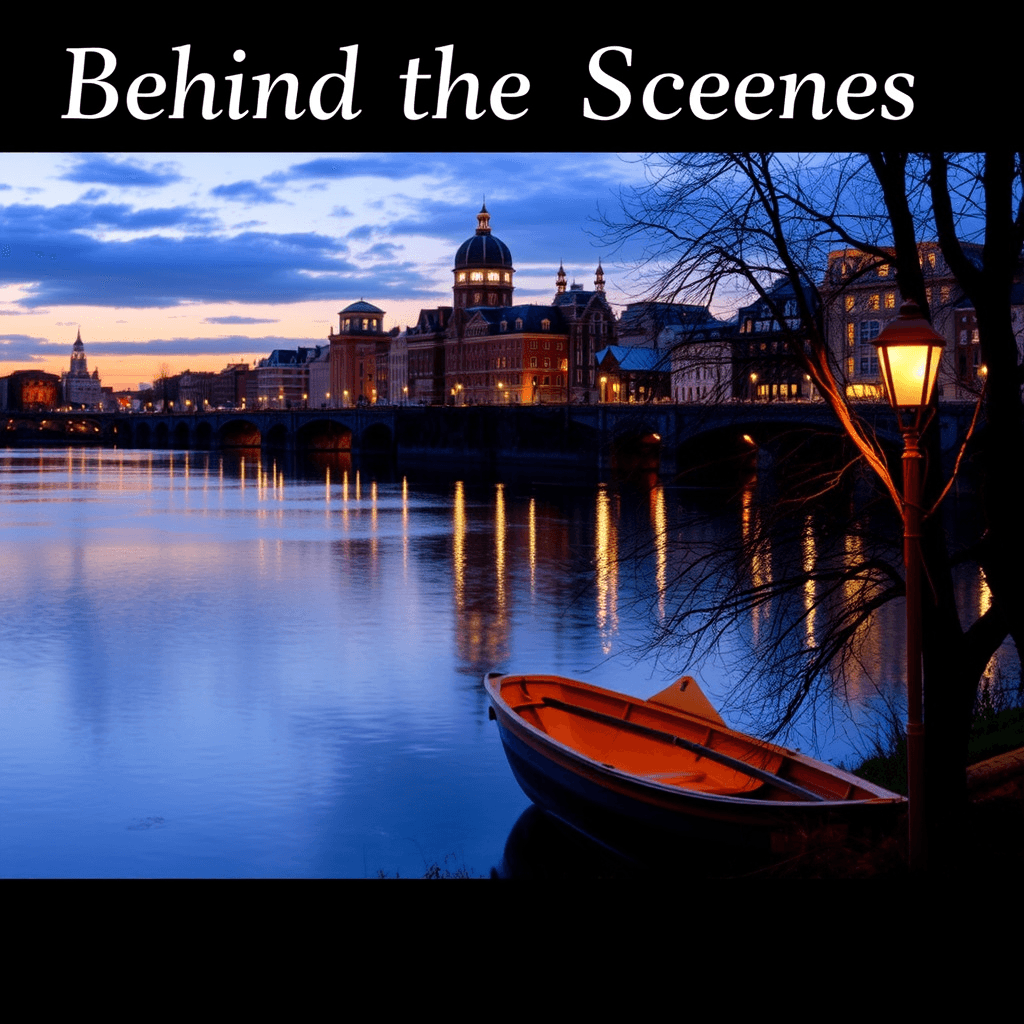A well-researched setting can elevate a romance novel from ordinary to extraordinary, immersing readers in a world that feels alive and vibrant. The significance of setting in contemporary romance extends far beyond mere backdrop; it shapes characters, influences plot dynamics, and enriches the emotional landscape of the story. In this blog post, we will explore the importance of setting, delve into effective research techniques, and discuss how to create an atmosphere that mirrors your characters' emotional journeys.
The Significance of Setting in Romance
Setting is not just a physical location; it encompasses the culture, history, and emotional resonance of a place. A well-crafted setting can enhance themes, provide context for character motivations, and serve as a character in its own right. For example, a bustling city can reflect the frenetic pace of modern romance, while a quiet small town can evoke a sense of nostalgia and intimacy.
Local Culture and Flavor
Incorporating local customs, food, and traditions into your narrative adds authenticity and depth. Here are some ways to weave local culture into your romance:
Food and Cuisine: Culinary elements can serve as a powerful tool to connect characters and evoke emotions. For instance, sharing a meal can symbolize intimacy, while cooking together can highlight teamwork and compatibility. Imagine a scene where the protagonists bond over a traditional dish, each sharing stories of their upbringing, which can deepen their connection.
Festivals and Traditions: Local events can provide a backdrop for significant plot developments. A romance set during a vibrant festival can heighten the stakes and create opportunities for conflict and resolution. For example, a couple navigating their feelings during a town fair can experience both the joy of celebration and the tension of unresolved issues.
Regional Attitudes: Understanding the general attitudes of the people in a particular region can add layers to your characters. For instance, a character from a close-knit community may struggle with the idea of pursuing a long-distance relationship, while someone from a more cosmopolitan background may embrace the challenge.
Anecdote: In my own writing, I set a romance in New Orleans, where the rich culture and vibrant atmosphere played a crucial role. I incorporated elements like Mardi Gras and local cuisine, which not only enriched the narrative but also reflected the characters' emotional arcs as they navigated love amidst the city's lively backdrop.
Research Techniques for Authentic Settings
Effective research is vital for creating a believable setting. Here are some techniques to help you dive deep into your chosen locale:
1. Visit the Location
If possible, nothing beats experiencing a place firsthand. Visiting allows you to absorb the sights, sounds, and smells that make a location unique. Take notes on:
Architecture and Landscape: Observe how the physical environment influences daily life and interactions.
Local Interactions: Pay attention to how people communicate and behave in social settings.
Cultural Nuances: Engage with locals to understand their customs and traditions.
2. Interview Locals
Connecting with residents can provide invaluable insights. Prepare a list of questions to guide your conversations, such as:
What do you love most about living here?
Are there any local legends or stories that define the community?
How do seasonal changes affect life in this area?
These interactions can inspire plot points, character traits, and authentic dialogue.
3. Utilize Online Resources
When travel isn’t feasible, the internet is a treasure trove of information. Use resources like:
Virtual Tours: Explore locations through online tours or videos to visualize the setting.
Social Media: Platforms like Instagram can provide real-time insights into local culture and events.
Local News Outlets: Reading local news can give you a sense of current events, community issues, and cultural happenings.
Creating Atmosphere Through Setting
The atmosphere of a setting can profoundly impact the emotional journey of your characters. Here’s how to create a setting that reflects their inner struggles and triumphs:
1. Mood and Tone
Consider the mood you want to convey. A stormy night can symbolize turmoil, while a sunny day can represent hope and new beginnings. Use descriptive language to evoke the desired emotions. For example, a cozy café can serve as a refuge for characters in conflict, providing warmth and comfort amidst their struggles.
2. Symbolism
Incorporate symbolic elements that resonate with your characters' arcs. A character dealing with loss might find solace in a garden, representing growth and healing. Alternatively, a bustling city street can symbolize the chaos of modern life, mirroring the character's internal conflict.
3. Character Interaction with Setting
Show how characters interact with their environment. Their responses to the setting can reveal their personalities and emotional states. For instance, a character who finds joy in the rain may be more open and adventurous, while another who feels trapped by the same weather may reflect a more pessimistic outlook.Example: In my novel set in a small coastal town, the changing tides mirrored the protagonists' evolving relationship. As they faced challenges, the stormy seas reflected their internal struggles, while moments of calm weather symbolized reconciliation and hope.
Conclusion
Researching and developing a well-crafted setting is essential for creating a captivating romance novel. By incorporating local culture, utilizing effective research techniques, and creating an atmosphere that reflects your characters' emotional journeys, you can transport readers into a world that feels both authentic and engaging. Remember, the setting is not just a backdrop; it is a vital component that shapes the narrative and enriches the reader's experience. As you embark on your writing journey, embrace the art of setting and let it enhance the love stories you create. Happy writing!

Kathy Asher



